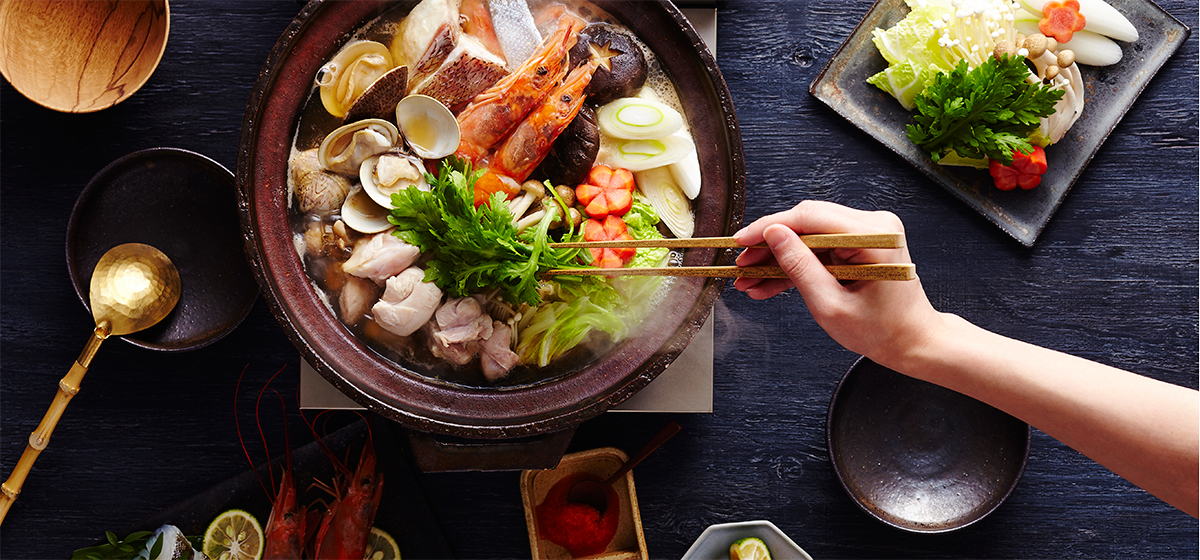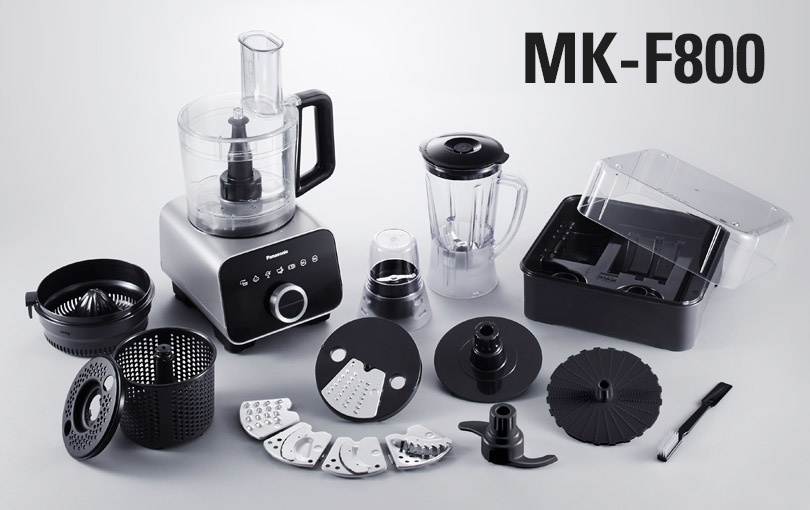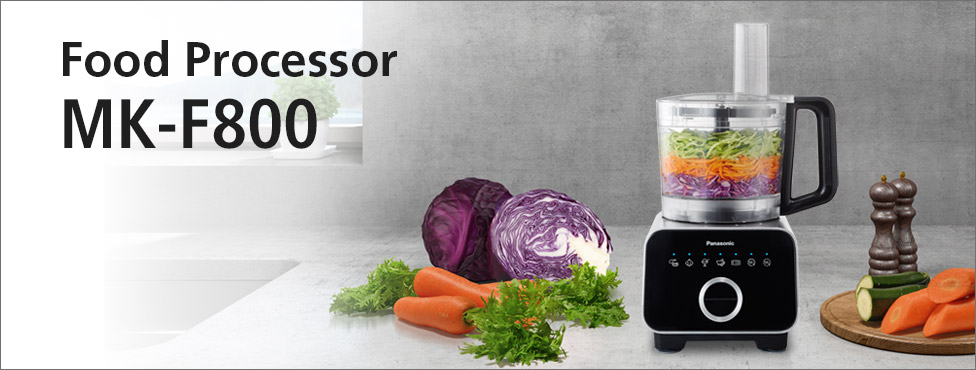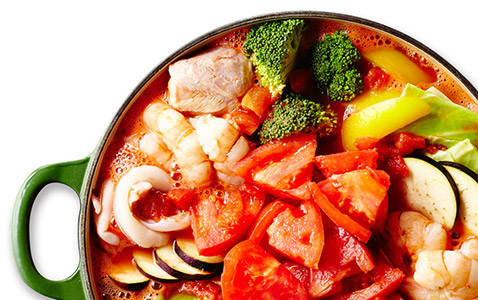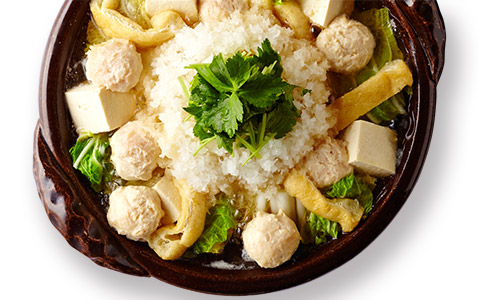A “Nabe Party” at Home
All You Need to Know about “Nabe” !
“Nabe” means pot in Japanese, traditionally it refers to a style of home cooking which is done in a pot. Usually eaten during cold season in Japan. There are many types of nabe pots and dishes. In recent years, nabe dishes filled with vegetables are the popular picks especially to health conscious eaters.

Secrets to a Delicious Nabe
The ease of simply cutting and adding ingredients is one of the great features of nabe. However, there's more to it than just combining your favorite foods. The following tips will give you delicious results.
Tips 01
Timing is important
Vary the cooking times to match the ingredients!
Root Vegetables
Parts that don't cook easily, such as root vegetables should be added as soon as the heat is turned on in order to fill them with flavor.

Mushrooms
Mushrooms that lose their texture from too much cooking should be added after the broth is heated.

Thinly Sliced Meat
Thinly sliced meat, should be added after the broth comes to a boil. (However, chicken should be added at the same time as root vegetables.)

Leafy Vegetables
Leafy vegetables, which are best when they still have a crisp texture, should be added last, before lowering the heat and simmering.
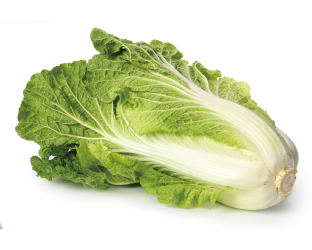
Tips 02
Flavor Boosters
Enhance the flavor by combining “all the ingredients”.

Speedy Preparation with a Food Processor
Introduction the Food Processor MK-F800
The Panasonic Food Processor prepares a wide variety of ingredients. Handy for nabe preparation.
- 5 pre-programmed auto menu
- 13 versatile accessories
- BPA-free durable Tritan jug
- Suction puds and easy to lift
Knife Blade
After mincing chicken meat in the Food Processor, you can immediately add seasonings and continue to mix in order to prepare the ingredients for chicken meatballs.
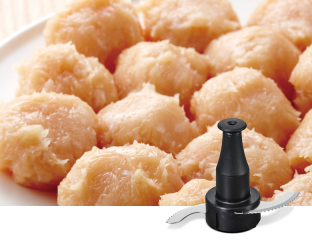
Slicing Blade
You can also use the Shredding-blade or Slicing-blade to thinly slice ingredients that don't cook easily. This helps to shorten the boiling time.
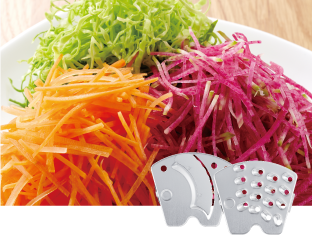
Grating Blade
The Grating-blade is ideal for mizore (sleet hotpot) nabe, which requires a large amount of grated daikon. Ingredients such as this can be quickly and easily grated.



